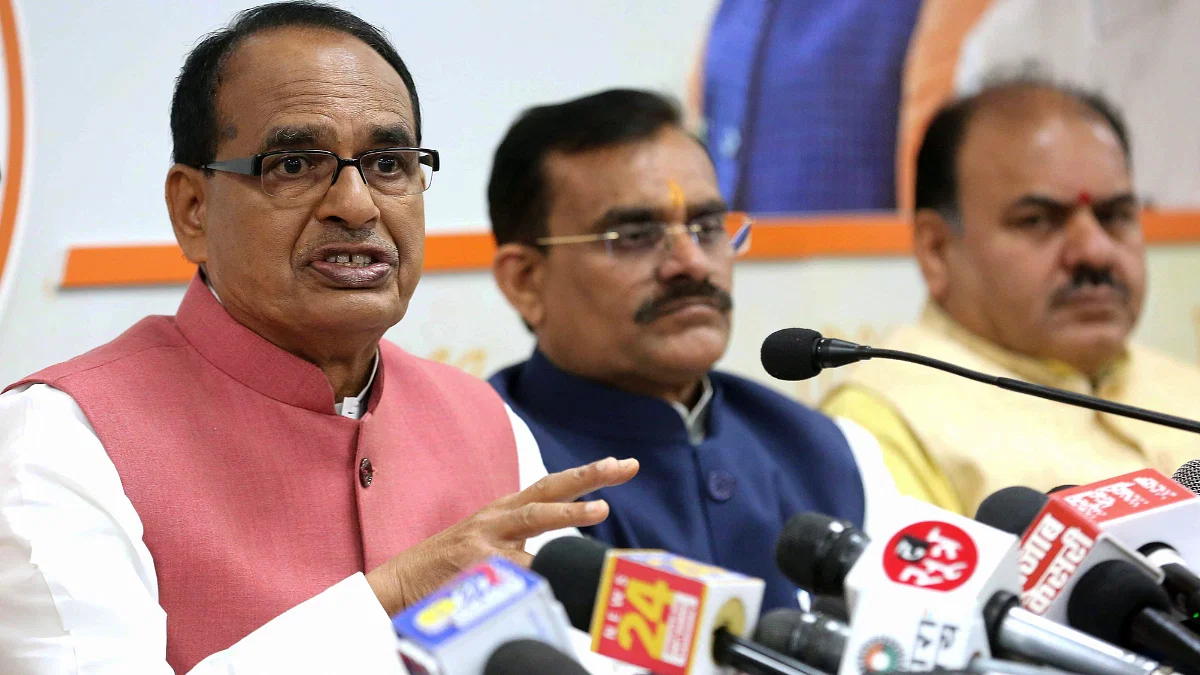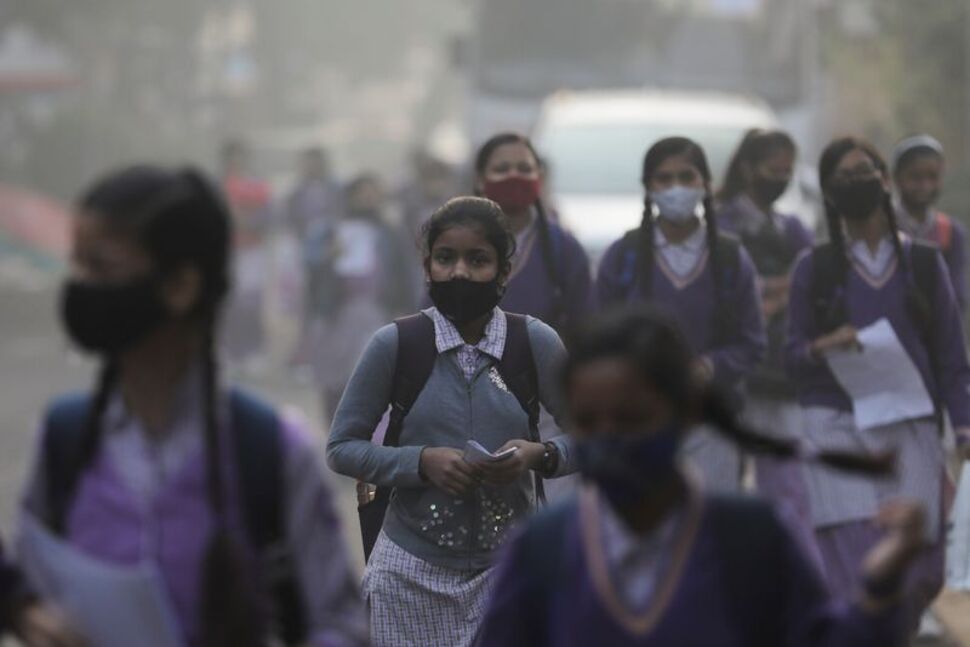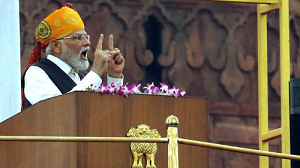
POLITICS
Politics, but also grassroots governance — why India has gained 50 new districts since 2020
- Admin
- Sep 09, 2023

Politics, but also grassroots governance — why India has gained 50 new districts since 2020
Rajasthan, MP & Assam are latest states to create new districts. Boost to governance cited as factor, although lack of data means this remains an 'open empirical question'.
The number of districts in Madhya Pradesh touched 53 on 13 August, with Mauganj being carved out of Rewa as a new district. Soon after, Chief Minister Shivraj Singh Chouhan reportedly announced that at least two more are in store.
The development in the poll-bound state typifies a trend that is playing out across the country. An analysis by shows that between 2020 and 2023, as many as 50 new districts have come up across India, accounting for 49 percent — nearly half — of the 103 new districts formed since 2014. The total number nationally now stands at 783, data collated from official sources of states and Union territories shows.
From greater administrative convenience to political expediency, and in some cases, a mix of both — a range of factors could lie behind this uptick in the number of districts.
Former Union minister Veerappa Moily, who was the chairman of the second Administrative Reforms Commission, feels such decisions cannot be faulted even if they are guided by apparent political motives.
“Smaller districts help take the administration to the grassroots. The more districts you create, the more you take administration nearer to the people. That is the fundamental rationale and it is a good rationale,” he said.
These moves, he said, are often a response to the demands and aspirations of the people — and that is politics. “Politics is not just parties clashing in electoral contests. The commanding principle is bringing administration closer to the people,” Moily added.
Meanwhile, according to retired civil servant Shailaja Chandra, who has served in various capacities at the Centre and in states, the creation of new districts was bound to happen.
“Some Indian states are nearly as big as some countries in Western Europe in terms of area. After all, people want their area to get attention and it comes by virtue of it attaining the status of a district,”
From greater administrative convenience to political expediency, and in some cases, a mix of both — a range of factors could lie behind this uptick in the number of districts.
Former Union minister Veerappa Moily, who was the chairman of the second Administrative Reforms Commission, feels such decisions cannot be faulted even if they are guided by apparent political motives.
“Smaller districts help take the administration to the grassroots. The more districts you create, the more you take administration nearer to the people. That is the fundamental rationale and it is a good rationale,” he said.
These moves, he said, are often a response to the demands and aspirations of the people — and that is politics. “Politics is not just parties clashing in electoral contests. The commanding principle is bringing administration closer to the people,” Moily added.
Meanwhile, according to retired civil servant Shailaja Chandra, who has served in various capacities at the Centre and in states, the creation of new districts was bound to happen.
“Some Indian states are nearly as big as some countries in Western Europe in terms of area. After all, people want their area to get attention and it comes by virtue of it attaining the status of a district,”









